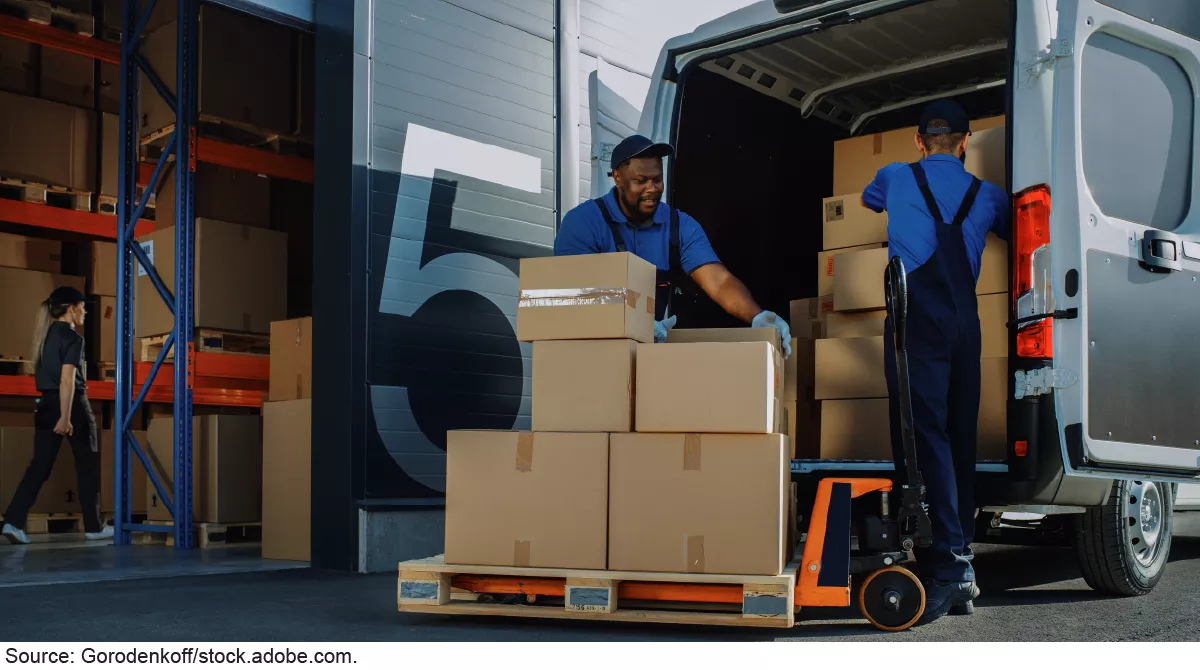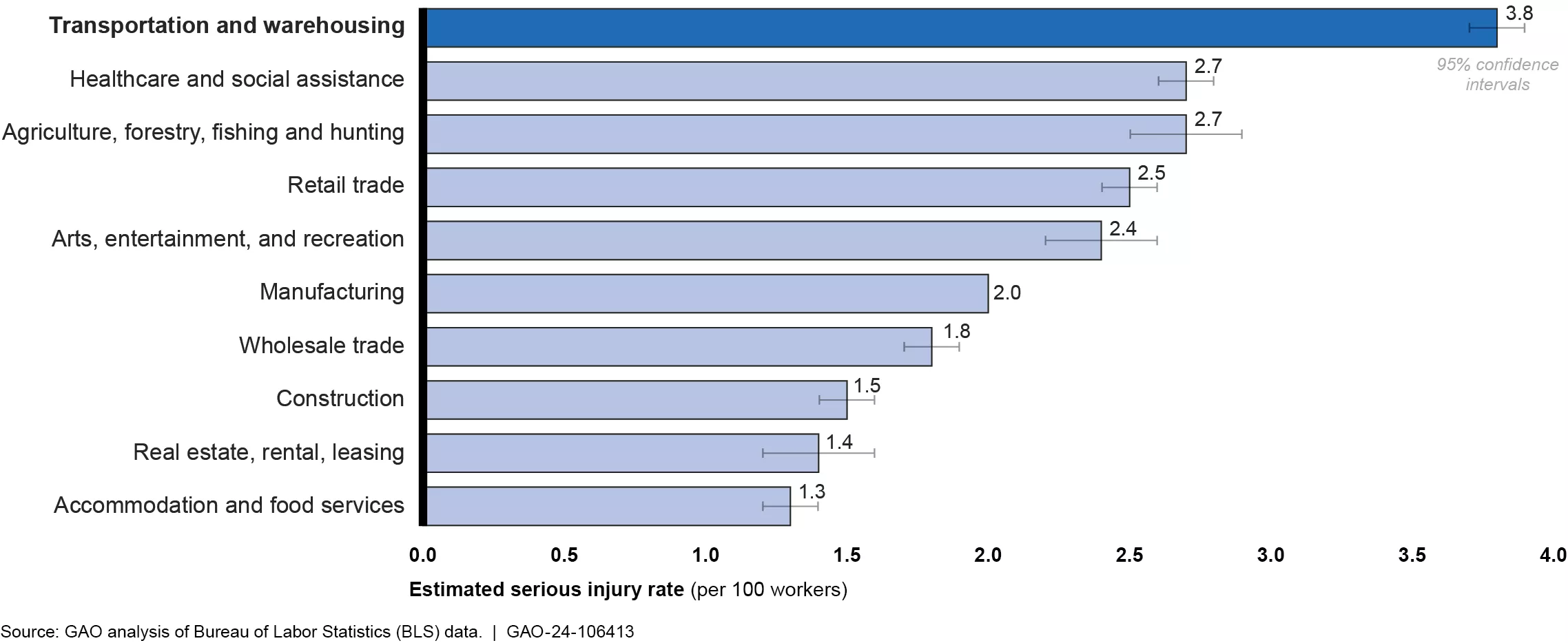As Online Shopping Increases, So Do Concerns About Delivery and Warehouse Workers' Safety
Next-day delivery. Overnight shipping. Online sales in the U.S. have nearly doubled in the last few years. So has the number of employees supporting the warehouses that pack items and the delivery services that drop packages at your door.
While convenient for customers, the hustle of e-commerce has exposed these workers to dangerous workplace conditions. And workers have experienced a growing number of serious injuries.
Today’s WatchBlog post looks at our new report on the safety and health concerns facing these workers and what is being done to better protect them.
Image

Next-day delivery, next-day pain: the toll on warehouse and delivery workers
The rise of online shopping has brought with it new technologies meant to increase productivity and monitor workers' performance. But this performance push has raised concerns among workers and safety advocates about whether the pace has led to greater risks of injuries and accidents.
In our new report, we found that warehouse and package delivery workers—often referred to as “last-mile delivery” workers—had the highest estimated rate of serious injury among private sector industries (see figure below). On average, almost four in 100 full-time workers experienced serious injury in 2022.
The Top 10 Industries with the Highest Estimated Injury Rates in 2022
Image

Additionally, the rate of serious injury for these workers is getting worse. Serious injury rates for warehouse workers increased 20% between 2018 and 2022. For last-mile delivery, the rate of serious injury rose by 23% during those same years.
Most common injuries. Three categories of injuries accounted for about 85% of serious injuries among warehouse workers and 91% among last-mile delivery workers. These categories were:
- Overexertion. This was the most common category of injuries. It includes injuries and illnesses resulting from activities like excessive physical efforts, repetitive motion, and awkward or unnatural postures. The most common of these injuries were things like back strains from lifting heavy packages or repeated bending. Dislocated shoulders were another common injury in this category.
- Contact with objects and equipment. This was the second most common category of injuries and includes, for example, being hit by a forklift or a falling box. It does not include transportation-related accidents—such as a vehicle collision.
- Falls, slips, and trips. The third category of serious injuries includes falls from any height that result in serious injury, and things like slipping on a wet floor.
Estimated Serious Injuries and Illnesses by Cause, 2021 and 2022
Image

What is being done to improve worker safety, and what more is needed?
The Occupational Safety and Health Administration (OSHA) has increased its efforts to prevent hazards in warehouses and for last-mile delivery workers. During fiscal years 2018-2023, OHSA cited warehouses and last-mile delivery employers for more than 2,500 workplace violations.
Even so, our work found that OSHA staff struggle to identify and address ergonomic hazards. These are hazards that result in overexertion—the most common cause of injuries described above. OSHA staff told us there was little training on these hazards and the guidance from the agency about them was unclear.
Providing OSHA staff with improved training and guidance is important because the technologies employers are using to enhance productivity may further increase the risks of ergonomic hazards. Without these improved supports, OSHA staff and inspectors may not be able to identify and address the hazards that are causing the most harm to workers.
Our new report made recommendations to address these issues and other actions that would strengthen OSHA’s efforts. Learn more by checking out our full report.
- GAO’s fact-based, nonpartisan information helps Congress and federal agencies improve government. The WatchBlog lets us contextualize GAO’s work a little more for the public. Check out more of our posts at GAO.gov/blog.
- Have a question? Email us at blog@gao.gov.
GAO Contacts

GAO's mission is to provide Congress with fact-based, nonpartisan information that can help improve federal government performance and ensure accountability for the benefit of the American people. GAO launched its WatchBlog in January, 2014, as part of its continuing effort to reach its audiences—Congress and the American people—where they are currently looking for information.
The blog format allows GAO to provide a little more context about its work than it can offer on its other social media platforms. Posts will tie GAO work to current events and the news; show how GAO’s work is affecting agencies or legislation; highlight reports, testimonies, and issue areas where GAO does work; and provide information about GAO itself, among other things.
Please send any feedback on GAO's WatchBlog to blog@gao.gov.




